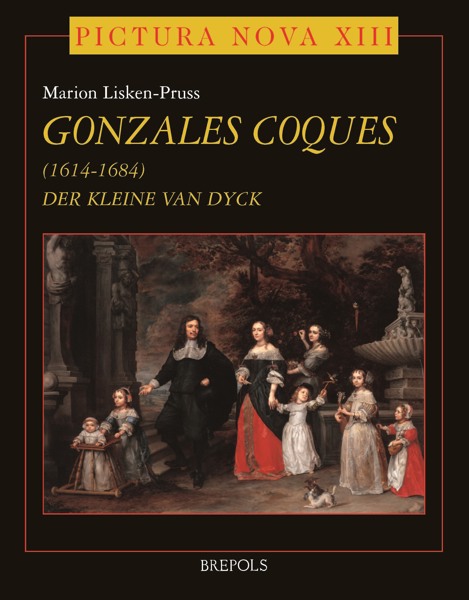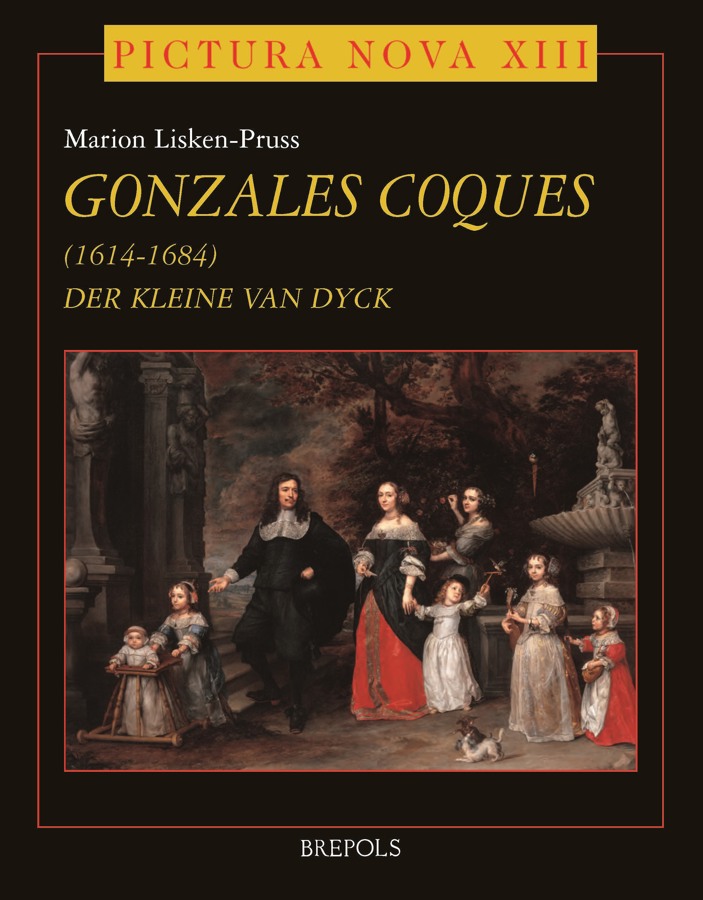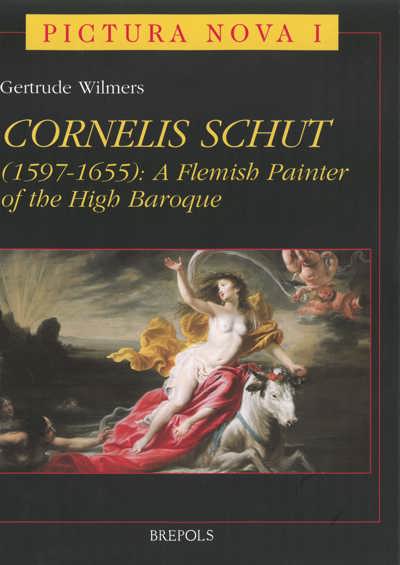
- Pages: 495 p.
- Size:190 x 250 mm
- Illustrations:100 b/w, 29 col.
- Language(s):German
- Publication Year:2013
- € 66,35 EXCL. VAT RETAIL PRICE
- ISBN: 978-2-503-51568-7
- Hardback
- Temporarily Out of Stock
"(...) the book offers a detailed and comprehensible analysis of the artist’s work as well as the world of his sitters whom he portrayed “in’t cleyn” in their gallant self-assertiveness." (Ursula Härting, in: HNA Reviews, November 2013)
"Meticulously researched and carefully composed, this book is deservedly the standard monograph on the artist. While only available in German, this well-illustrated and thoughtful study will inform scholars and students of this major Flemish Baroque portraitist." (Lisandra Estevez, in: Sixteenth Century Journal, Vol. XLV, No. 4, Winter 2014, p. 1043)
"Het verschijnen van een degelijke en omvangrijke studie als deze, schept eindelijk meer duidelijkheid in het eigenhandige oeuvre." (Prisca Valkeneers, in: De Zeventiende Eeuw, Vol. 30, No 2, 2014, p. 287)
“This monograph is a valuable contribution to the history of the Southern Netherlandish portrait. It is the first monograph on the artist. (…) On the artistic level, one hopes that this study can become a starting point for material and technical research on the artist.” (Natasja Peeters, in Renaissance Quarterly, 69/4, 2016, p. 1443)
The position of Gonzales Coques in seventeenth century Flemish painting is shown by his contemporary nickname of “The little Van Dyck”. Coques developed a small scale portrait style influenced by Anthony van Dyck and successfully extended the aristocratic portrait tradition to the middle classes. He also succeeded in combining aristocratic flair with an ethical view of the world and personal icons in small paintings.
In the second half of the seventeenth century there was a marked trend towards small pictures in the Netherlands. Coques’ middle class individual portraits are the same size as those of his fellow painters but his middle class family portraits are about 25% smaller than the average contemporary group pictures. Collections of cabinet paintings were conversation pieces that showed private life through the medium of painting.
In der zweiten Hälfte des 17. Jahrhunderts lässt sich in den Niederlanden eine deutliche Tendenz zu kleineren Formaten festmachen. Coques’ bürgerliche Einzelbildnisse entsprechen in ihrer Grösse denen seiner Malerkollegen, seine bürgerlichen Familienporträts sind jedoch im Mittel um etwa 25% kleiner als der Durchschnitt der zeitgenössischen Gruppenbildnisse. So kann Coques als Protagonist des Porträts im Kabinettbildformat bezeichnet werden. An der Theorie und den Gestaltungsfaktoren des Kabinettbildes orientiert, weisen seine Familien- und Gruppenbildnisse zahlreiche, aus einem Repertoire konventioneller Motive ausgewählte Attribute auf, die eine auf die Dargestellten bezogene, individualisierte Verwenung erfuhren. Die Bedeutung seiner Bildnisse erstreckt sich über die Identifizierung der Dargestellten auf eine sinnbildliche Verschlüsselung ihrer Lebensmaxime. Porträts im Kabinettbildformat und eingebettet in eine Sammlung ermöglichten einen Diskurs über das persönliche Leben im Medium der Malerei.




